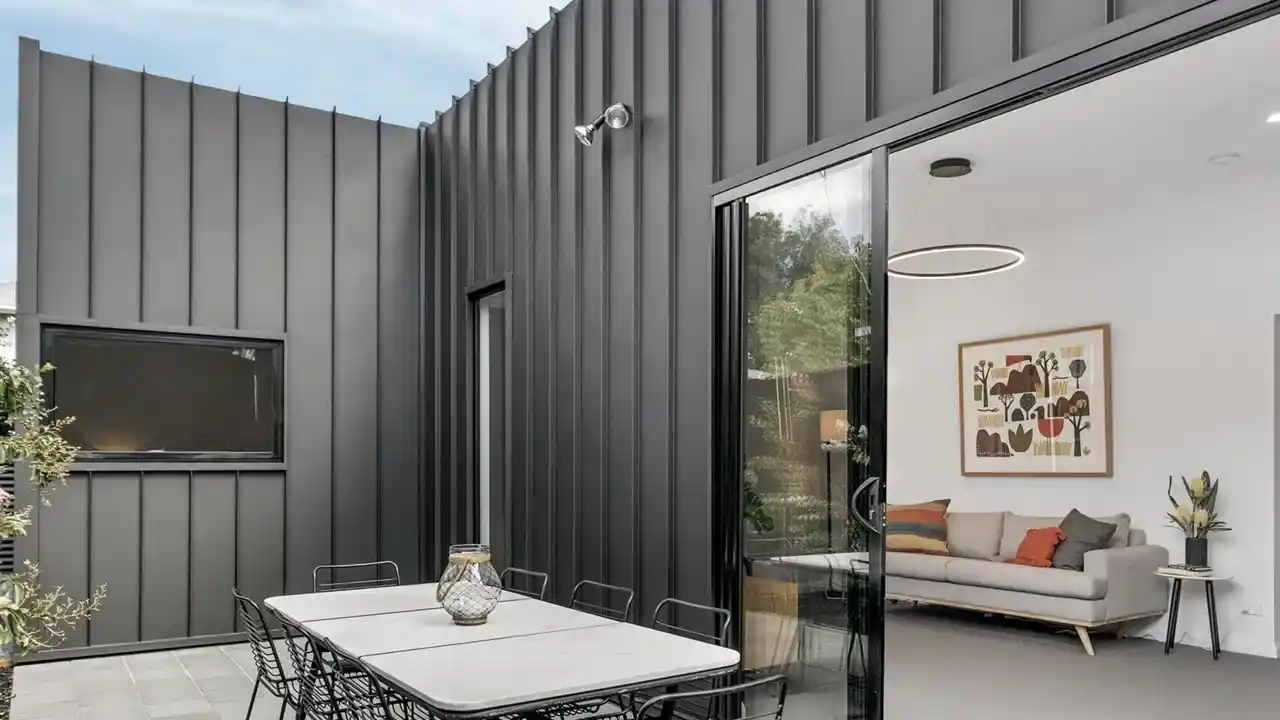12 Jun 2024

When choosing the best cladding material for your building, it's important to compare different options. In this analysis, we'll explore the advantages and disadvantages of aluminium cladding versus other cladding materials. Aluminium cladding, including aluminium cladding sheets and panels, is popular for its durability and modern look. Aluminium cladding manufacturers and suppliers in UAE offer a variety of high-quality options. By comparing aluminium cladding with other materials, you can decide which is best for your project's exterior. This guide will help you understand the pros and cons of various cladding materials to make an informed decision. • Advantages: Lightweight, durable, resistant to corrosion, low maintenance, recyclable, modern appearance. • Disadvantages: Higher initial cost, limited color options, susceptible to dents or scratches. • Advantages: Natural aesthetic, versatile design options, environmentally friendly if sourced sustainably. • Disadvantages: Prone to rot, insect damage, and warping, requires regular maintenance, limited lifespan. • Advantages: High durability, natural aesthetic, fire-resistant, excellent thermal properties. • Disadvantages: Heavyweight, costly installation, limited design options, challenging to modify or repair. • Advantages: Versatile design options, moisture-resistant, low maintenance, eco-friendly if made from recycled materials. • Disadvantages: Can fade or warp over time, limited color choices, may not offer the same aesthetic appeal as natural materials. • Advantages: Affordable, versatile design options, low maintenance, moisture-resistant, easy to install. • Disadvantages: Prone to fading and warping over time, limited color choices, may not withstand extreme weather conditions. • Advantages: Classic aesthetic, durable, fire-resistant, excellent thermal properties, long lifespan. • Disadvantages: Heavyweight, labor-intensive installation, limited design flexibility, costly maintenance. • Advantages: Durable, fire-resistant, moisture-resistant, versatile design options, low maintenance. • Disadvantages: Heavyweight, requires professional installation, limited color choices, may crack or chip over time. • Advantages: Lightweight, durable, resistant to corrosion, low maintenance, recyclable, modern appearance. • Disadvantages: Higher initial cost, limited color options, susceptible to dents or scratches. • Pros: Natural aesthetic, eco-friendly, insulating properties, versatile design options. • Cons: Prone to rot, insect damage, and warping if not properly maintained, higher maintenance requirements. • Advantages: High durability, natural aesthetic, fire-resistant, excellent thermal properties. • Disadvantages: Heavyweight, costly installation, limited design options, challenging to modify or repair. • Advantages: Versatile design options, moisture-resistant, low maintenance, eco-friendly if made from recycled materials. • Disadvantages: Can fade or warp over time, limited color choices, may not offer the same aesthetic appeal as natural materials. • Advantages: Affordable, versatile design options, low maintenance, moisture-resistant, easy to install. • Disadvantages: Prone to fading and warping over time, limited color choices, may not withstand extreme weather conditions. • Advantages: Classic aesthetic, durable, fire-resistant, excellent thermal properties, long lifespan. • Disadvantages: Heavyweight, labor-intensive installation, limited design flexibility, costly maintenance. • Advantages: Durable, fire-resistant, moisture-resistant, versatile design options, low maintenance. • Disadvantages: Heavyweight, requires professional installation, limited color choices, may crack or chip over time. In conclusion, choosing the right cladding material is crucial for the aesthetics, durability, and maintenance of a building. Aluminium cladding offers durability, low maintenance, and a modern appearance, albeit with a higher initial cost. Vinyl, brick, fiber cement, wood, and composite materials each have their own advantages and drawbacks, such as cost, maintenance, and aesthetic appeal. By considering factors like cost, durability, maintenance requirements, and design preferences, individuals can select the most suitable cladding material for their specific needs. Ultimately, informed decision-making based on a comparative analysis ensures that the chosen cladding material meets both functional and aesthetic requirements. Explore our preious blog: "The Benefits of Aluminium Cladding for Modern Architecture".Comparing Aluminium Cladding with Other Popular Cladding Materials
Aluminium Cladding:
Wood Cladding:
Stone Cladding:
Composite Cladding:
Vinyl Cladding:
Brick Cladding:
Fiber Cement Cladding:
Pros and Cons of Each Material
Aluminium Cladding:
Wood Cladding:
Stone Cladding:
Composite Cladding:
Vinyl Cladding:
Brick Cladding:
Fiber Cement Cladding:
Conclusion